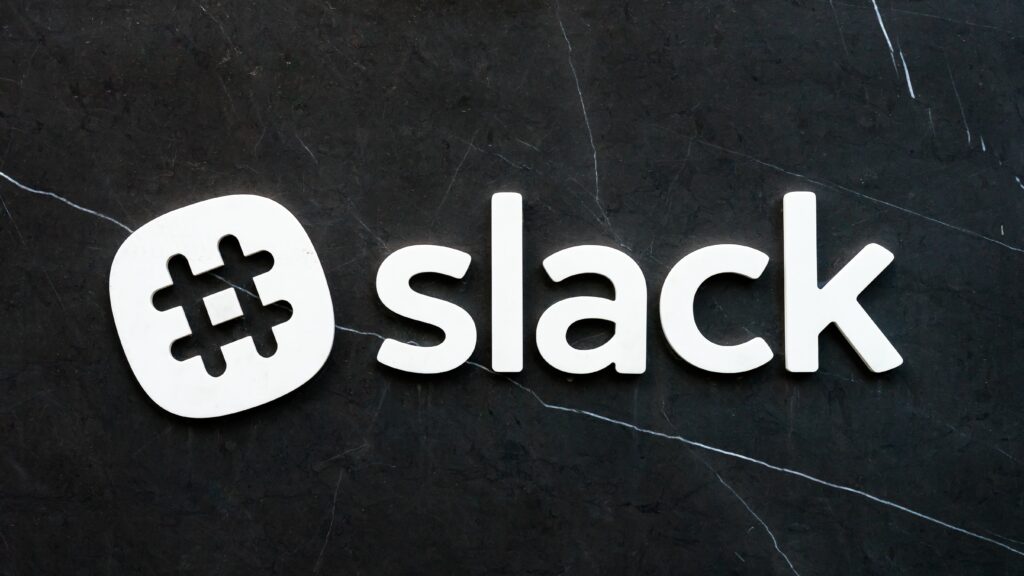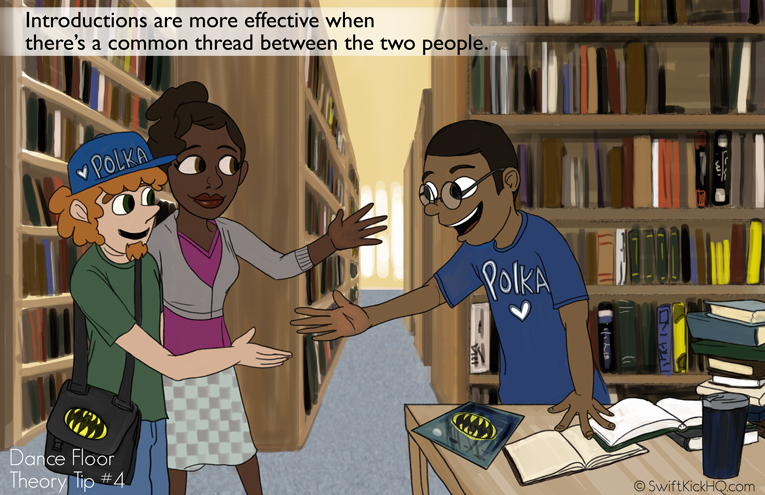By now, you probably know that the “quotes board” is a beloved Swift Kick tradition. In fact, we love it so much, we started using the hashtag #SKQuotesBoard to share these quotes with you on social media. Working in a coworking space, however, means that there is no physical master list of these team quotes. We can’t just tape a piece of paper to the wall where we work.
So what did we do? We made a channel in Slack called #quotesboard. Any time someone was caught saying something ridiculous, we would simply write it down there. Any time we need a laugh, we scroll through an endless list of golden nuggets of non-wisdom. Sometimes, the person being quoted has no idea that what they just said was recorded, which makes it even funnier when they go back later.

Our quotes board is one example of using Slack (or other apps like Google Hangouts) to enhance your team’s culture. There are so many ways to use this tool to facilitate bonding between members. As more people work in open office spaces now, tech is ironically being used MORE to communicate. People sitting next to each other are choosing to message instead of talk. But used in the right way, Slack becomes like texting your best friend when you’re lying on your bed together. There’s nothing like giggling at lunch over something that nobody actually said out loud.
On the other hand, Slack helps virtual teams feel like they are in the same room. Eddie Geller, CEO and co-founder of Tinybeans, a photo sharing app for parents, told us about his Slack experience:
“With Tinybeans having our teams spread across three locations/timezones, working on many projects simultaneously, communications are critical. Slack offers us the ability to have conversations as if we were next to the person. Unlike email, Slack provides a near real time experience so that you can connect and often solve every day problems easily without a barrage of emails backward and forth. It also allows us to have project and product related groups so that external people are part of the platform and can communicate with each other just as easily. “
If you’re not using it, you probably know someone who does, since Slack has 8 million active users every day. So whether you’re texting next to each other, or across the world, how can you supercharge your use of Slack (or Google Hangouts, Facebook for Work, etc) so that your whole team feels connected on a deeper level?
Activate the Giphy extension
The Giphy extension is the first thing you hear about when it comes to Slack. By populating a random gif based on a keyword you type, it leads to endless amusement.
Create channels for shared interests
I read an article, the source I’ve since forgotten, that mentions creating channels like “#runners” or “#DIY” to give team members a shared space to talk about their outside of work interests. This way, people like me who are not runners don’t get bogged down by irrelevant messages, but the people who do create their own community. Shared interests are the best way for people to make connections with each other, after all. Just see DFT Tip #4.

Facilitate a group for daily discussions about non-work related silly things
I always admire how The Hustle puts up their “current slack topic” on Instagram to share with their followers.
View this post on InstagramWhat’s the most absurd pet you’ve seen someone bring to the office?
A post shared by The Hustle (@thehustledaily) on
Create a Shoutout Channel
This works especially great if your team has actionable core values. Any time a team member does something in line with one of those values, or anything worth celebrating, shout them out to the whole team or company in this channel.
Use the HeyTaco app to reward members
Not only does the HeyTaco app line up directly with the Shout Outs Channel, but it’s also delightfully silly. In a nutshell, you can give taco emojis to your teammates and those tacos later become currency for actual rewards. Genius! According to their website, “More than 4000 teams from small businesses and Fortune 500 companies use HeyTaco!”
How does your team get creative with Slack or other apps to create a culture of connection? Let us know below!



